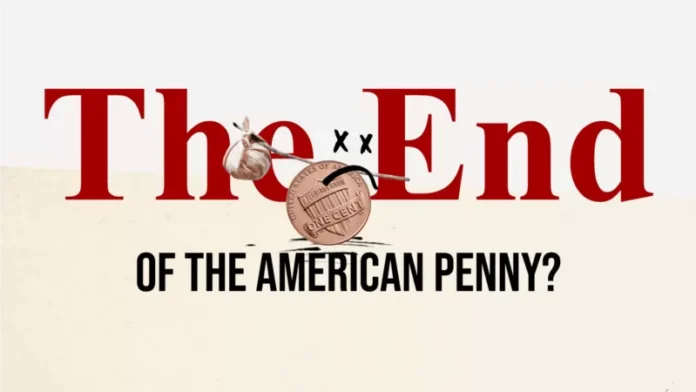President Donald Trump has recently announced that the U.S. Treasury will no longer be minting the penny due to its high production cost that exceeds its actual value. This decision has sparked ongoing debates about the fate of the penny, as efforts to abolish it have been ongoing since the 1990s. However, despite the numerous attempts to get rid of it, the penny has managed to withstand the test of time and remain an integral part of American currency. Let’s delve deeper into the significance and the history of the penny.
The penny, also known as the one-cent coin, has been in circulation since 1787 and it is the oldest form of currency in the United States. Over the years, the penny has undergone various changes in design and composition. It was initially made of pure copper, but due to rising costs, it was switched to a copper-plated zinc composition in 1982. This change resulted in a significant decrease in production costs, making it easier to circulate more pennies. However, as time went by, even the copper-plated zinc pennies became more expensive to produce, leading to the recent decision to stop minting them altogether.
The main reason behind President Trump’s decision is that the cost of producing a penny exceeds its value by almost double. According to the U.S. Mint, it costs 1.99 cents to make a single penny. This may not seem like much, but when you consider the millions of pennies produced each year, it adds up to a substantial amount. In fact, it is estimated that the production and distribution of pennies cost the U.S. government over $100 million annually. This high cost is not feasible, especially in these tough economic times, and President Trump’s decision to stop minting the penny is a necessary step towards reducing government spending.
The penny has been a topic of debate for many years, with some arguing that it is no longer relevant in today’s society. They argue that the penny has lost its purchasing power and is often considered a nuisance, with many people simply discarding it or leaving it in tip jars. However, others argue that the penny holds sentimental value and is a symbol of American history and culture. It is also a crucial part of the everyday transactions of many businesses, especially small ones. Getting rid of the penny could potentially lead to rounding up or down, which would ultimately affect consumers and businesses.
Despite the ongoing debates, the penny has managed to stay in circulation for over two centuries. Its staying power can be attributed to its sentimental value, as well as its role in everyday transactions. Many people still see the penny as a symbol of good luck, and it is often used in traditions such as tossing a penny into a wishing well or making a wish on a fountain. The penny also has a significant role in charitable organizations, with many people donating their spare change to worthy causes.
Moreover, the penny has a rich history in the United States. It has been featured on various coins, stamps, and even in songs and movies. It has also been used as a marketing tool by companies, with slogans like “a penny saved is a penny earned” being widely recognized. The penny is deeply rooted in American society, and its presence serves as a constant reminder of the country’s history and values.
Furthermore, the penny also has a strong impact on the economy. It may seem like a small denomination, but it adds up to a significant amount when taken into account nationwide. The penny is still used in many transactions, especially in low-income communities, where every cent counts. Getting rid of the penny could potentially affect these communities and could create a disparity in the purchasing power of different socio-economic groups.
In conclusion, President Trump’s decision to stop minting the penny may have sparked ongoing debates, but it is a necessary step towards reducing government spending. However, the penny’s remarkable staying power is a testament to its significance in American culture and history. It may seem like a small denomination, but its sentimental value, role in everyday transactions, and impact on the economy cannot be ignored. The penny may no longer be minted, but its presence in our society will be felt for years to come. As we say goodbye to the penny, let us cherish the memories and lessons it has taught us and move forward towards a more efficient and cost-effective currency system.

